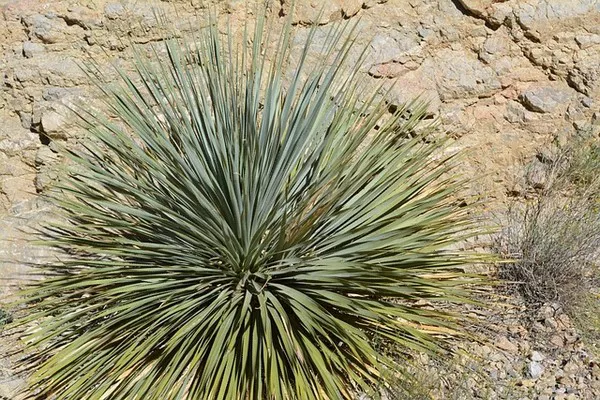In a fascinating study recently published in the journal Flora, researchers from São Paulo State University (UNESP) in Brazil delved into the remarkable strategies developed by plants in the Cerrado, Brazil’s savanna-like biome, to safeguard themselves and rapidly recover after fire. This research, acknowledged as Highlighted Student Research by the journal, sheds light on the profound adaptations that have evolved in these unique ecosystems.
Lead author Marco Antonio Chiminazzo, a Ph.D. candidate at UNESP in Rio Claro, collaborated with his thesis advisors, Alessandra Fidelis, a professor in the Department of Biodiversity at the Rio Claro Institute of Biosciences (IBRC-UNESP); Aline Bombo, a postdoctoral fellow at the same institution, and Tristan Charles-Dominique, a researcher at the Paris Sorbonne and Montpellier University in France.
Chiminazzo emphasizes the critical role of fire in the history of the Cerrado’s savanna vegetation, stating, “To survive fires, these plants have developed various strategies, which different lineages have refined during a long evolutionary process.”
The study aimed to address a fundamental question: could Cerrado plants, renowned for their thick bark and below-ground organs, simultaneously invest in both above-ground and below-ground protection? The researchers also explored the distinction between clonal and non-clonal species concerning bark production and bud protection. Additionally, they investigated the correlation between maximum height and clonal propagation, considering the resource allocation challenges faced by clonal plants.
The study involved a literature review to identify woody Cerrado species with documented below-ground organs and above-ground bark production rates. Fieldwork took place in areas of campo sujo (grassland with scattered shrubs) and cerrado sensu stricto (dense woodland or shrubland) at the Santa Bárbara Ecological Station in São Paulo state.
Chiminazzo elaborates, “We grouped the species based on clonality or non-clonality and types of below-ground organ, especially woody rhizomes, which promote clonal growth, or xylopodia and root crowns, which do not.”
The comparison of below-ground organs and bark production rates revealed that Cerrado plant species have the capacity to generate substantial amounts of bark while developing specialized below-ground organs for resprouting. This duality allows them to protect their biomass, effectively concealing it below ground.
Notably, a division emerged between clonal species and those that remain in the same location throughout their life cycle, termed “on-spot persistence.” Species with woody rhizomes, fostering clonal growth, tended to produce more bark, enhance their protection, and grow taller compared to species with xylopodia and root crowns.
These findings underscore the Cerrado plants’ adaptive capabilities, where they have evolved distinct strategies for resprouting from underground buds. One strategy involves clonal growth with a substantial investment in protecting aerial branches, while the other, on-spot persistence, focuses on safeguarding buds in underground organs.
The research signifies that Cerrado plants can invest in varied strategies to safeguard against fire, debunking the notion that they are limited to either above- or below-ground approaches. The ability to employ both strategies reflects the plants’ remarkable adaptation to fire in the Cerrado, allowing them to endure fires of varying intensities.
Next steps in the research endeavor include analyzing which fire regimes favor specific regeneration and persistence strategies. Comparisons with different savannas worldwide will reveal whether these findings are applicable to other fire-prone vegetation types.
The urgency of such research cannot be overstated, especially considering the increasing threat to the Cerrado. While deforestation in the Amazon has decreased in 2023, the Cerrado now faces record levels of destruction. In the first five months of this year, the destruction increased by 35%, corresponding to 3,532 square kilometers. The Cerrado, a treasure trove of biodiversity, holds a vital position as the birthplace of South America’s three largest river basins and contains 33% of Brazil’s biodiversity.
As this destruction encroaches, scientific research becomes increasingly indispensable, helping us anticipate and mitigate fire propagation and leverage fire as a land management and conservation tool. The Cerrado’s plant species, sculpted by millions of years of evolution in the presence of fire, stand as a testament to nature’s resilience and regenerative power.


